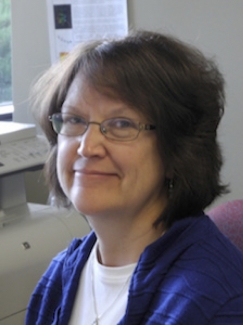The DTC was established a number of years ago to facilitate the transition of new capabilities in weather forecasting from research to operations (R2O), with a focus on the WRF model. Over the years, many things have changed – for example, the DTC now works with multiple sets of code (WRF, GSI, MET, HWRF, and so on) which will soon include global prediction systems – but that fundamental mission remains the same. The DTC accomplishes its goals through strong connections to the operational and research communities. These dual connections, forming the bridge between the communities, are what make the DTC unique.
In fact, the bridge is the key aspect of the DTC that has led to its success, and will lead to additional successes in the future as the DTC continues to grow and mature.
Connecting the research and operational communities through workshops (e.g., the recent physics workshop, see page 4), support and training on operational codes, and the DTC visitor program provide the keys to developing relationships that will lead to new successes in R2O. Moreover, the DTC’s independent testing and evaluation of new innovations developed by the research community, and its efforts to enable such testing by the research community (e.g., through the Mesoscale Modeling Evaluation Testbed, MMET) help speed the identification and transfer of new capabilities across that bridge. These key factors have the potential to lead to a vibrant and well connected R2O process.
It has been a great pleasure for me to work closely with the DTC over the last six years as a member of the Management Board and as the Director of NCAR’s Joint Numerical Testbed Program (JNTP). I feel lucky to be part of this grand effort to improve forecasting for our nation through community activities, and will enjoy watching the success of the DTC in the years to come. It is with pleasure that I hand over the reins of the JNTP to Dr. Joshua Hacker, who will bring new leadership, ideas, and energy to the DTC effort.
